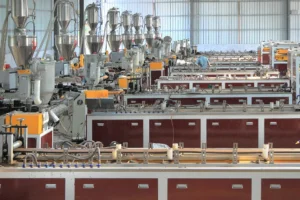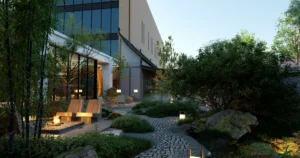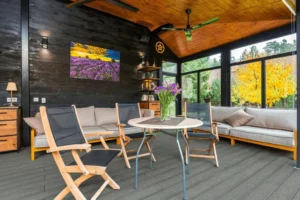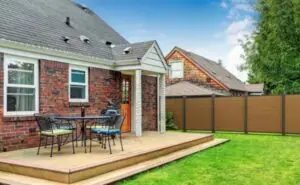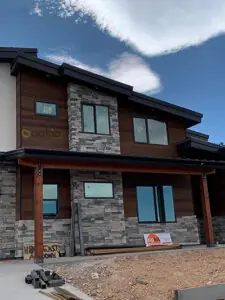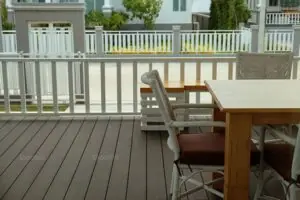Manufacturing Technology for Wide-Width WPC Panels
In the construction and decoration industry, a significant demand exists for various types of panels, such as flooring and wall panels, tailored to specific applications. For instance, flooring panels are often narrow and elongated, while wall panels tend to be broader and rectangular. With the development of the wood-plastic composite (WPC) industry, WPC panels have become increasingly popular due to their lightweight nature, environmental friendliness, and excellent weather resistance compared to traditional materials like metal and wood.
Challenges in Producing Wide-Width WPC Panels
Wide-width panels, with a width of 0.5 meters or more, pose unique manufacturing challenges when made from WPC materials. Issues such as uneven surfaces and warping are particularly prominent during production. This is primarily because WPC materials often include a significant proportion of low-thermal-conductivity plant fiber powder, which results in an overall reduction in the composite’s thermal conductivity.
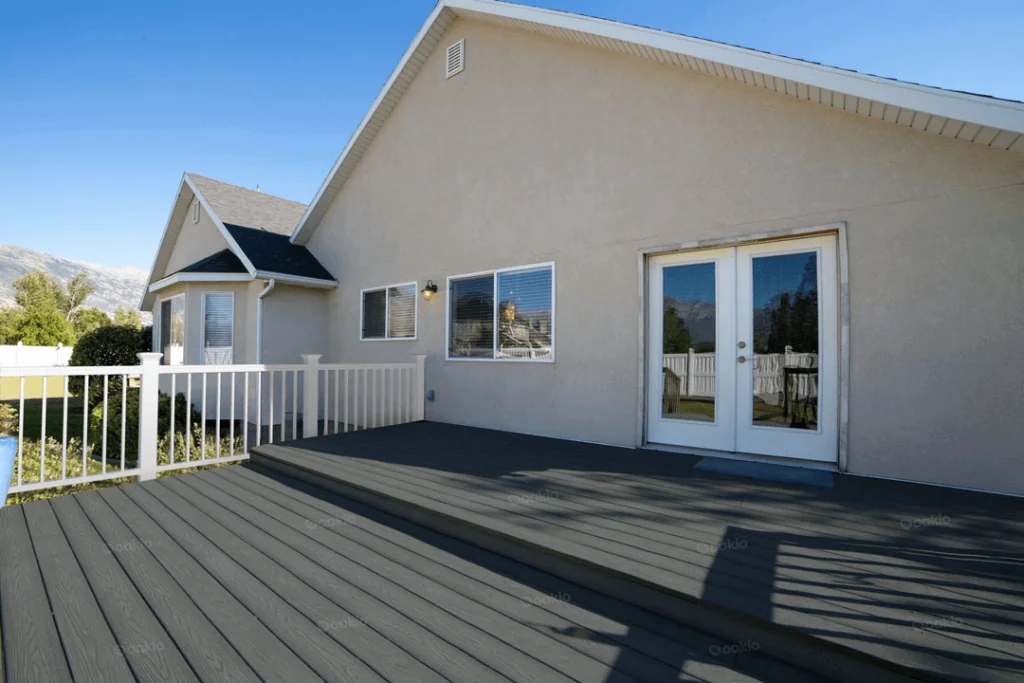
During cooling, the difference in cooling rates between the edges and the center of the panel creates significant internal stress, leading to surface irregularities or warping. For example, plant fibers commonly used in WPCs have a thermal conductivity of only 0.14–0.17 W/(m·K), much lower than the 0.42 W/(m·K) of polyethylene. With more than 40% of WPCs comprising plant fibers, this disparity significantly affects heat dissipation and cooling uniformity, exacerbating surface defects.
Solution: Enhanced Heat Dissipation with Conductive Additives
To address these challenges, a novel manufacturing method has been developed by Anhui Sentai WPC Technology Co., Ltd.. This technology improves the thermal conductivity of WPC materials by introducing high-thermal-conductivity fillers. These fillers reduce the cooling rate discrepancies between the panel’s center and edges, enhancing surface quality and increasing production yield.
Composition of Wide-Width WPC Panels
The new wide-width WPC panel consists of:
- Polyolefin resin: 20–30 parts by weight
- Plant fiber powder: 30–50 parts by weight
- High-thermal-conductivity filler: 20–30 parts by weight
- Processing aids: Various (e.g., coupling agents, lubricants, antioxidants)
- The high-thermal-conductivity fillers used in this composition have a minimum thermal conductivity of 15 W/(m·K). These additives form a conductive network within the panel, significantly improving heat dissipation and ensuring uniform cooling during the manufacturing process.
Material Selection
Polyolefin resin serves as the primary matrix material, derived from olefins such as ethylene, propylene, and vinyl chloride. For cost efficiency and sustainability, high-density polyethylene (HDPE), including recycled HDPE, is preferred. Recycled polyethylene can be used either alone or in combination with virgin materials to further enhance the environmental benefits of the production process.
Advantages of the New Technology
- Improved Surface Quality: By reducing internal thermal stress, the new technology ensures smoother panel surfaces with fewer defects such as warping or unevenness.
- Higher Yield Rates: Uniform cooling enhances overall production efficiency, reducing material waste and manufacturing costs.
- Sustainability: The use of recycled polyethylene aligns with environmental goals by promoting resource reuse.
- Enhanced Thermal Conductivity: The addition of high-thermal-conductivity fillers addresses cooling challenges, making the panels more suitable for wide-width applications.
Application
The improved wide-width WPC panels are ideal for:
- Wall Cladding: Providing smooth, defect-free surfaces for exterior and interior walls.
- Flooring: Addressing challenges in large-format flooring designs.
- Architectural Elements: Suitable for any application requiring durable, environmentally friendly, and aesthetically pleasing panel solutions.
This innovative approach sets a new benchmark for manufacturing high-quality, wide-width WPC panels, meeting the increasing demand for sustainable and efficient construction materials.
Trending Reading
What Are the Differences Between the WPC Board and PVC Board?
[2024 Update] How Long Does WPC Decking Last?

